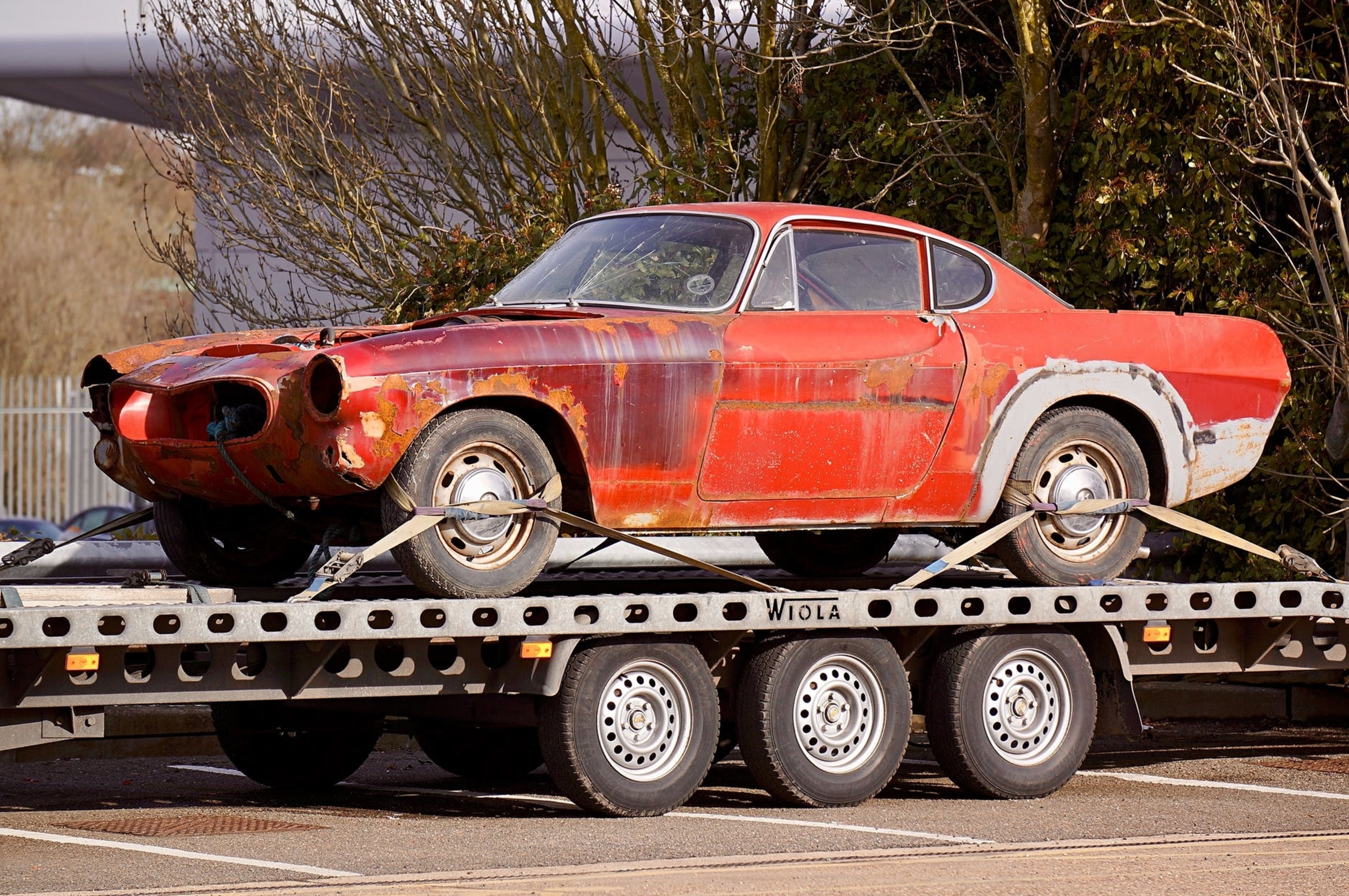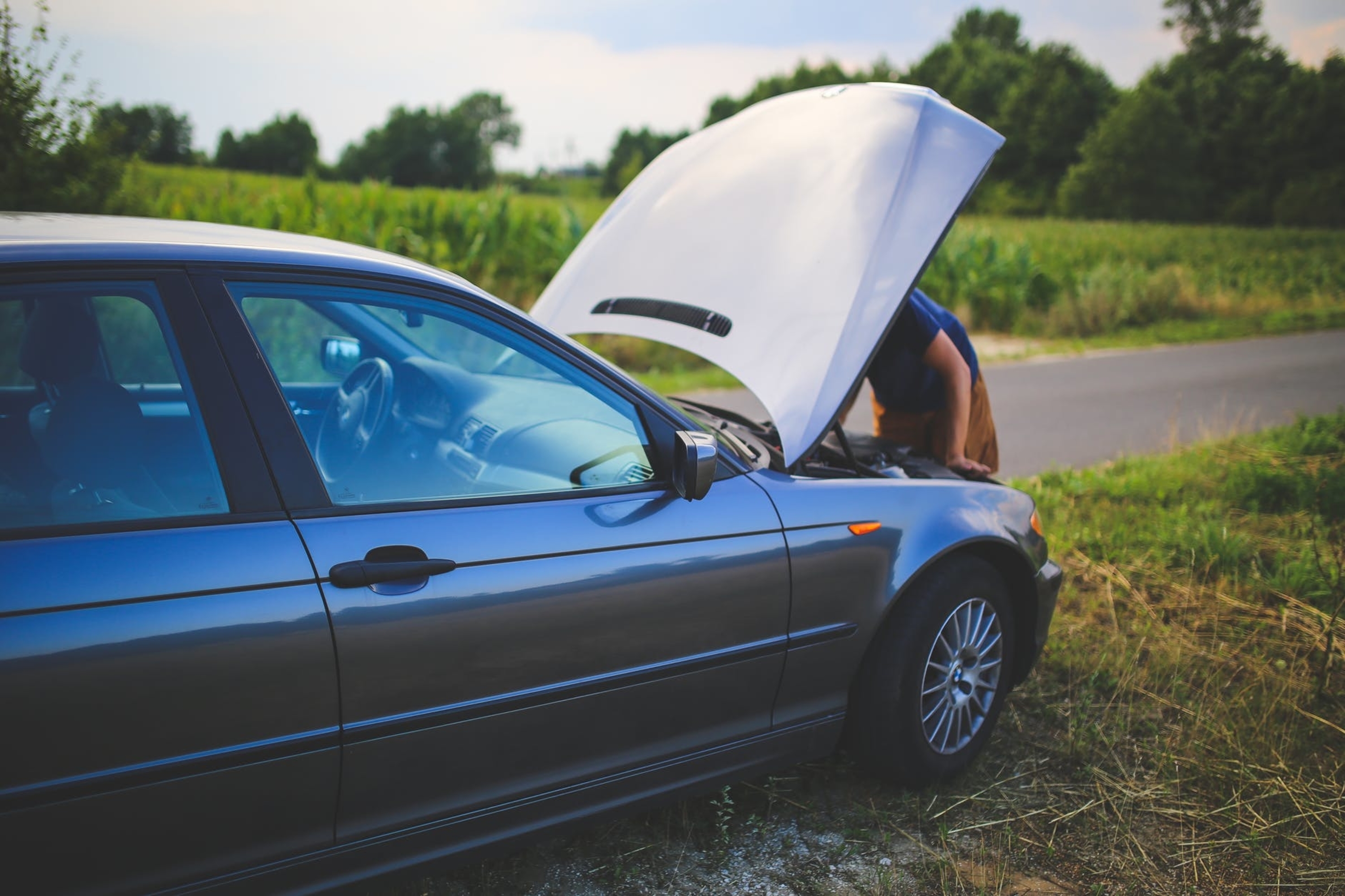Nobody wants to get caught in a collision — it’s scary, dangerous, pricey, and so much hassle. Even if you luckily end up with only a few cuts or a slight concussion, you might have to face possible legal affairs. To make things worse, your auto’s a mess and needs fixing.
Since there’s a 99% chance that your car won’t start or run, you will have to haul it to the repair shop. This scenario is just one of the many possibilities where you’d need to transport a non-functional vehicle.
How To Ship a Car if it Doesn’t Run?
Just like how you’d transport a regular one. There isn’t much difference except that you have to pay extra if your vehicle is considered non-running. Non-running cars also include those that are deemed unsafe for driving.
Common examples are:
- Totaled vehicles (like the example above)
- Classic cars
- Automobiles with undiagnosed mechanical issues.
The additional charge for shipping a non-running car ranges from $100 – $300, depending on the company. Remember that.
Car Shipping Process
Auto transport can be nerve-wracking, especially for a first-timer. To alleviate the stress, take time to familiarize yourself with how auto transport works. Having a solid grasp of the process will make things easier on your end.
1. Ask the Right Questions
Shipping a car isn’t always cheap. That’s why it’s only understandable to want to cut down costs. For you to do this, you need to determine your needs and examine your options. This way, you’ll only be spending the exact amount needed to successfully cover the operation: no extra or unnecessary expenses.
- How far is the shipment destination?
- Am I shipping a classic car or a damaged one?
- What possible weather conditions will the carrier encounter along the way?
- Do I really need to expedite this operation? Or will it be better to be patient so I can save?
- What’s the model of my car?
Once you’ve cleared up most of these questions, make your choice based on your answers. That brings us to the next step.
2. Comparing Quotes and Choosing the Right Company
Take note of this: Never limit yourself to one alternative. Not only when shipping but in every aspect of life in general. Having a variety of options gives you the comfort of choosing the optimal course of action.
Make sure to hire a professional auto transport carrier. It’s highly suggested to compare at least quotes from at least three different companies and choose the best service that fits your needs. After making a decision, it’s time to do a background check on the company.
- Visit their website and evaluate their online presence.
- Read customer reviews and testimonials.
- Determine if the company’s registered with the FMCSA.
Although research seems like a load of hassle, it significantly contributes to protecting you and your car from future problems.
3. Determine Service and Trailer Type
After deciding on a shipping company, the next step is to pick a service and type of trailer to haul your vehicle.
- Terminal Shipping: Your auto is transported together with other vehicles to a designated terminal. It takes a while to arrive, and you’ll have to pick it up.
- Door-to-Door Service: As the name says, the carrier delivers your car to a location of your choice. More expensive but quicker and safer.
For trailers, you have two options as well:
- Open-air carrier: No walls, no roof. Cars are exposed to weather elements. Risky, but relatively cheaper.
- Enclosed carrier: Quite exclusive. More secure and fewer chances of your vehicle sustaining new scratches. Ideal for classic cars and luxury automobiles.

4. Get Car Insurance
Despite the apparent skeptical look on your face, YES, you’ll need to get insurance for a vehicle that doesn’t run. If you already have a policy, don’t cancel it. Why? Because most states require every registered car to have insurance, even for broken-down ones.
5. Prepping Your Car
Just because your car’s broken doesn’t mean you shouldn’t do anything to prepare it for transit. Getting a vehicle ready protects it from additional damage.
Here are some things you can do:
- Wash your car
- Get rid of personal items and valuables
- Disable the alarm
- Remove customized attachments and accessories
- Lock the car
- Document pre-existing damage
6. Check for Damage
That’s right. See that ‘document pre-existing damage’ bullet above? It means dents and marks that your car already has before shipping. Inspect your car immediately when it arrives. If you find anything new and unusual, inform your company right away and kindly ask for the driver’s name so you can discuss and settle the issue with them.

Conclusion
Despite being non-functional, a broken car shouldn’t be handled much differently than one in running condition.
